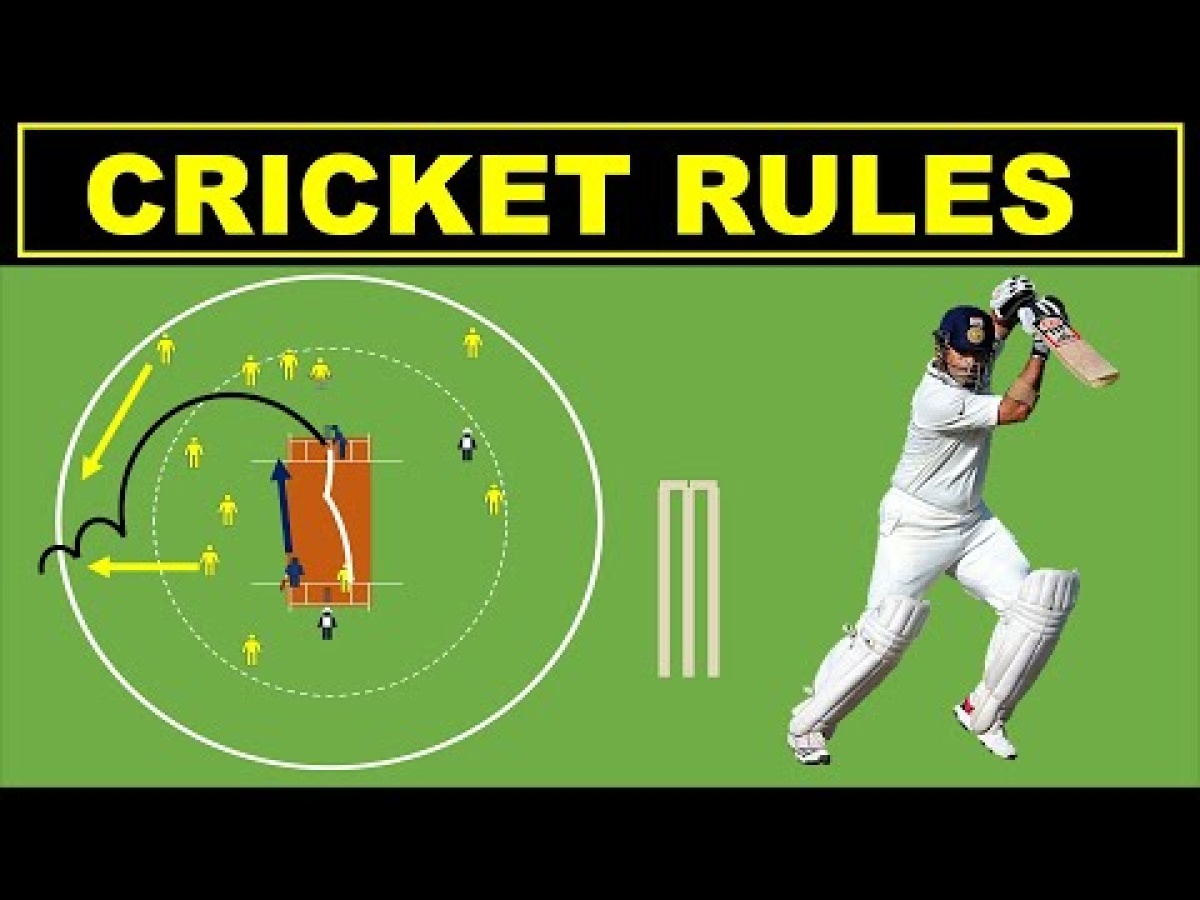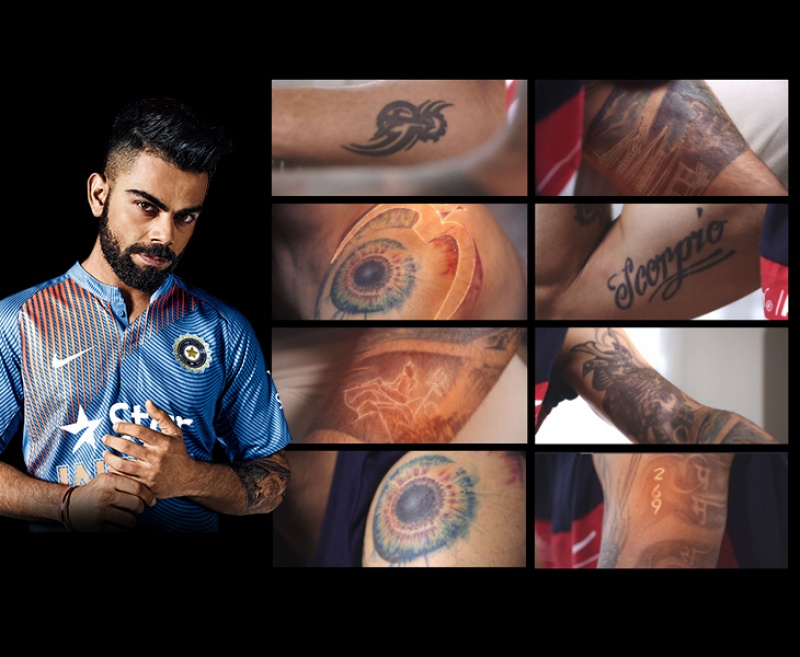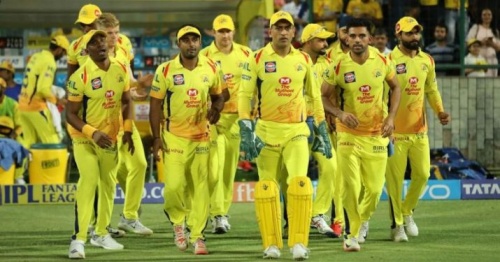Crash Course in Cricket: Understanding the Game and Scoring
Cricket, often called India's unofficial religion, can be confusing for newcomers. But worry not! This guide will break down the basics of the game and scoring, making you ready to join cricket conversations in no time.
The Game: Teams, Equipment, and Field
- Two Teams: Cricket is a battle between two teams of 11 players each. Batsmen score runs, bowlers try to get them out, and the wicket-keeper catches and gathers throws behind the wickets.
- Essential Kit: The game revolves around the ball, the bat, and the wickets (three stumps with bails on top).
- The Field: Matches are played on a large oval field. The center has a rectangular pitch with a 22-yard length. At each end, there's a set of wickets.
The Match: Innings, Overs, and Duration
- Innings Breakdown: A match is divided into innings, where each team bats for a set time or number of overs (balls bowled). One-day internationals have 50 overs per innings, Twenty20 has 20, while test matches last for days with a set number of overs bowled each day.
- Action on the Pitch: During an inning, two batsmen from the batting team are on the pitch, facing the bowler from the opposing team (bowling team). The rest of the bowling team fields around the pitch.
Basic Rules and Regulations
Fair Play in the Field: Fielding positions are restricted to ensure fairness. Only two fielders can be placed close to the batsmen in a specific area during the first 10 overs. This rule changes as the game progresses, allowing more fielders closer to the batsmen later on.
Penalty Balls: There are three types of penalty balls that award runs to the batting team:
- No Ball: Occurs when the bowler bowls illegally, giving the batsman a free hit (cannot be dismissed except by run-out or stumping).
- Wide Ball: Awarded when the ball is too far outside the batsman's reach to be played comfortably.
- Dead Ball: Happens when the ball bounces twice or more before reaching the batsman. No runs are scored, but the bowler bowls again.
- Bye: Scored when the ball avoids the batsman's bat and body, but the batsmen still run.
- Leg Bye: Scored when the ball hits the batsman's body (while trying to play the ball) and the batsmen run.
Scoring Runs and Winning the Game
Runs: Batsmen score runs by hitting the ball and running between the wickets, or by hitting the ball to the boundary.- Running: One run is scored for each complete run between the wickets.
- Boundaries: Four runs are awarded if the ball touches the ground before going over the boundary, and six runs for a ball going over the boundary without bouncing inside the field.
- Getting Batsmen Out (Wickets): The bowling team aims to dismiss batsmen (lose their wicket) to stop them from scoring. Common ways to get a batsman out include:
- Catch: A fielder catches the ball hit by the batsman within the boundary.
- Bowled: The ball bowled by the bowler hits the wicket.
- Leg Before Wicket (LBW): The ball hits the batsman's leg or body in line with the stumps.
- Stumped: The wicket-keeper removes the bails with the ball before the batsman gets his bat or body grounded behind the crease.
- Run Out: A batsman is caught out of his crease when the ball hits the wicket.
- Winning: The team with the most runs at the end wins the match.
Now you have the basics! With this knowledge, you can confidently follow cricket matches and participate in conversations with your cricket-loving friends and colleagues. Remember, there are more intricacies to the game, but this guide equips you with the fundamentals to get started.
Also Read: Best Example Of Nepotism Pakistan Star Azam Khan















